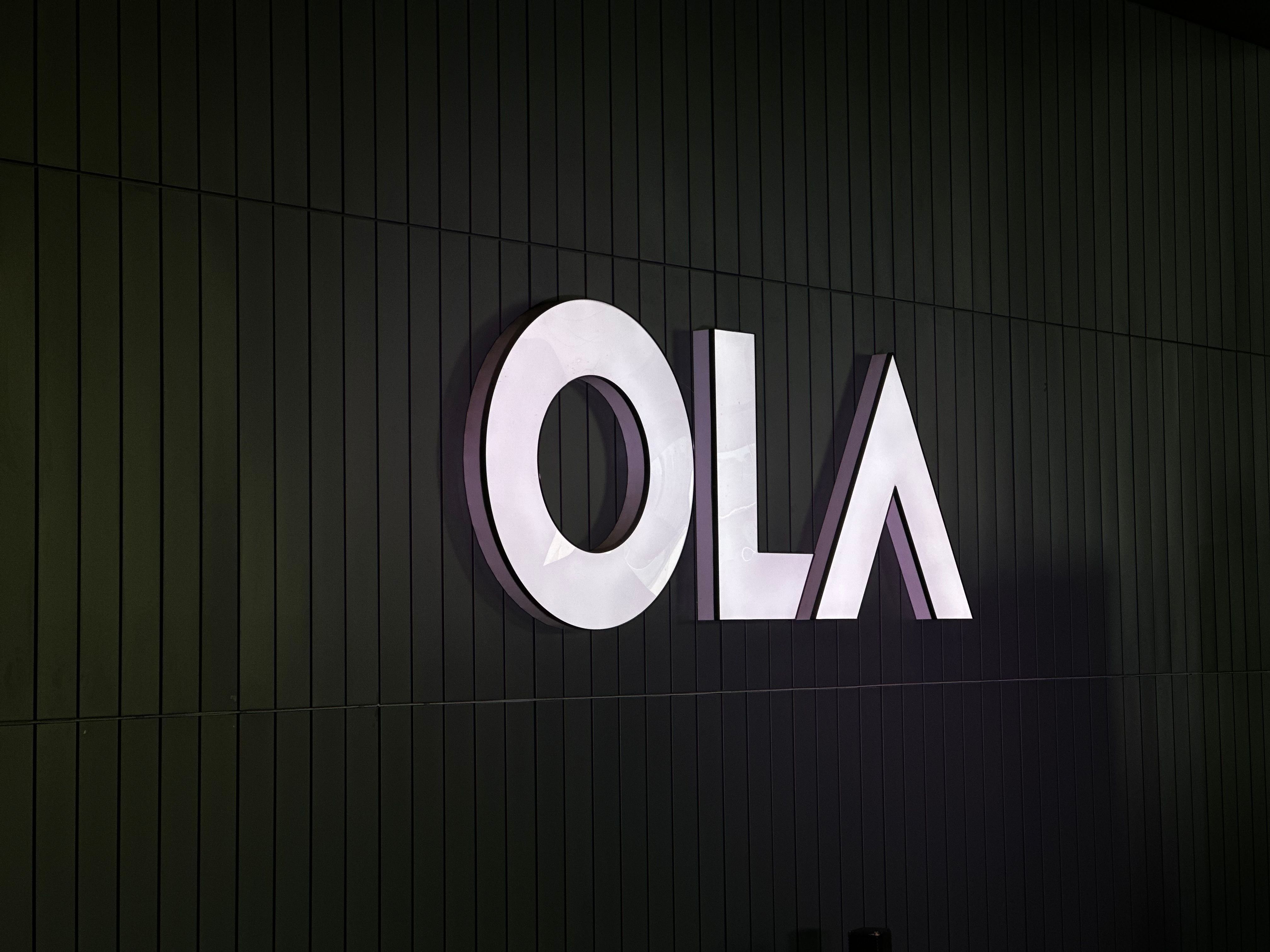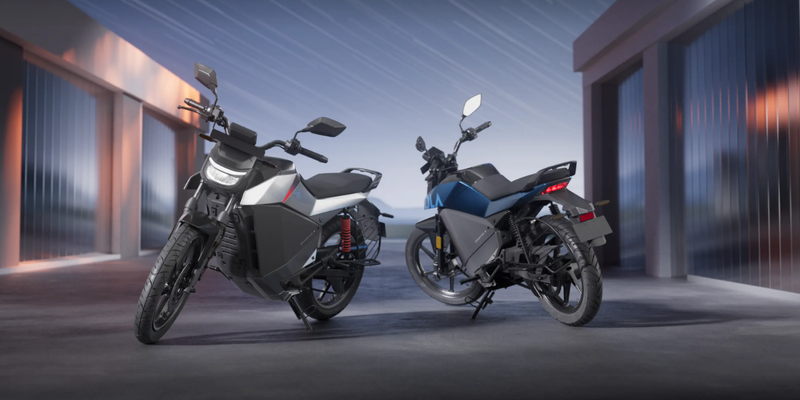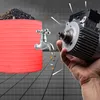
Electric vehicle manufacturer Ola Electric on Monday said the company is banking on festive demand as well as EV industry growth to help achieve the ambitious sales target the company has set for FY26.
The Bhavish Aggarwal-led company is aiming to sell around 3,25,000 to 3,75,000 vehicles this financial year. During Q1 FY26, the company sold 68,192 electric two-wheelers.
However, according to the Vahan portal, the company has registered 58,567 vehicles during the three months ended June 30. “We have a slightly higher delivery number and a slightly lower Vahan number than the delivery number (in this quarter). That’s because of the covering up of last quarter in this quarter. So March, April were the impacted months and April onwards, we started covering up that delivery gap,” Aggarwal explained.
However, the Ola Electric founder added that the first quarter sees comparatively slower sales and the upcoming festive season is expected to boost its sales. Additionally, the company is also aiming to scale up its motorcycle touchpoints to cover more stores by Navaratri, which is also expected to help with rising volumes during the period.
The company had commenced deliveries of its motorcycles on May 23. However, Aggarwal clarified that its electric scooters still comprise the majority of its sales volumes. “The split is still largely scooters because motorcycle deliveries only started happening in early June. So, almost all of it (sales) is still scooters. The motorcycle deliveries are ramping up in June,” he said.
Ola Electric is also working towards reducing its order-to-delivery cycle, which is currently at 10-15 days, as opposed to automotive dealerships working on a delivery cycle of between 3-5 days.
“We’ve lost some of our customers because they said, ‘I am getting my vehicle after 10-15 days so I will not buy it now’. So we are focusing on improving this through this quarter and the next. As we improve, we expect some incremental demand from this,” Aggarwal said.
<figure class="image embed" contenteditable="false" data-id="576912" data-url="https://images.yourstory.com/cs/2/a09f22505c6411ea9c48a10bad99c62f/Imagebcho-1746105381445.jpg" data-alt="Ola ELectric Roadster" data-caption="
Ola Electric Roadster X
” align=”center”> Ola Electric Roadster X
Capital expenditure
Aggarwal added that the company’s cell business—which includes sales of its Bharat 4680 cell—will require a capital expenditure of about Rs 1,000 crore this year and “some more” in the next year.
About 70% of this capex requirement will be funded through existing term loans, and the remaining through equity. Additionally, the company said that its cell business will have some operational cash flow requirements till it achieves a steady production rate.
Ola Electric is gearing up to begin deliveries of vehicles featuring the 4680 cell to customers by Navaratri and has already begun ramping up production of its giga factory. The new battery, announced last year, possesses 5X more energy density, and features a longer lifecycle and fast charging, according to the company.
Ola’s battery cell division generated just Rs 3 crore in revenue in the June quarter, but incurred an EBITDA loss of Rs 43 crore, with a whopping margin of -1,579%.
Rare earth magnet crisis not a concern
Ola Electric said the company has set up unique solutions to address the ongoing rare earth magnet crisis that was triggered by stringent export restrictions in China.
Aggarwal said the company’s dual strategy of managing through alternate suppliers for magnets is expected to help it steer away from production interruption. Meanwhile, according to reports, competitors Ather Energy, Bajaj Auto, and TVS Motor are mulling production cuts as a result of these supply interruptions.
Currently, both TVS Motor and Bajaj Auto hold a larger piece of the electric two-wheeler market share, surpassing Ola Electric, which had been the market leader until late last year.
Moreover, Ola Electric is also developing a rare-earth magnet-free motor, which is expected to be delivered to customers in the next quarter. “We’ve been working on these technologies for the last year or two,” Aggarwal told analysts.
.thumbnailWrapper{
width:6.62rem !important;
}
.alsoReadTitleImage{
min-width: 81px !important;
min-height: 81px !important;
}
.alsoReadMainTitleText{
font-size: 14px !important;
line-height: 20px !important;
}
.alsoReadHeadText{
font-size: 24px !important;
line-height: 20px !important;
}
}

Shares skyrocket post Q4 results
Ola Electric shares closed up 18.4% at Rs 47.13 apiece on BSE after the company disclosed its fourth quarter results despite a year-on-year revenue plunge and widening losses.
The company’s consolidated net loss widened to Rs 428 crore in the first quarter of FY26, compared with Rs 347 crore a year earlier.
Revenue from operations fell 49.6% year-on-year from Rs 1,644 crore to Rs 828 crore, as deliveries dropped to 68,192 units, down from 1,25,198 units a year ago.
However, the euphoria around its share price movement followed the announcement that its auto segment had turned EBITDA-positive in June—a first for the company.
Additionally, gross margins also improved to 25.8%, the highest on record, up from 18.4% last year. The gains were driven by lower bill-of-material costs in the Gen 3 scooter lineup and increasing internalisation of key components.
On a quarter-on-quarter basis, the company’s revenue rose from Rs 611 crore in Q4 FY25, and it managed to cut its losses sharply from last quarter, when it posted a loss of Rs 870 crore.
(Disclaimer: Shradha Sharma, Founder and CEO of YourStory, is an independent director at Ola Electric.)
Edited by Kanishk Singh

